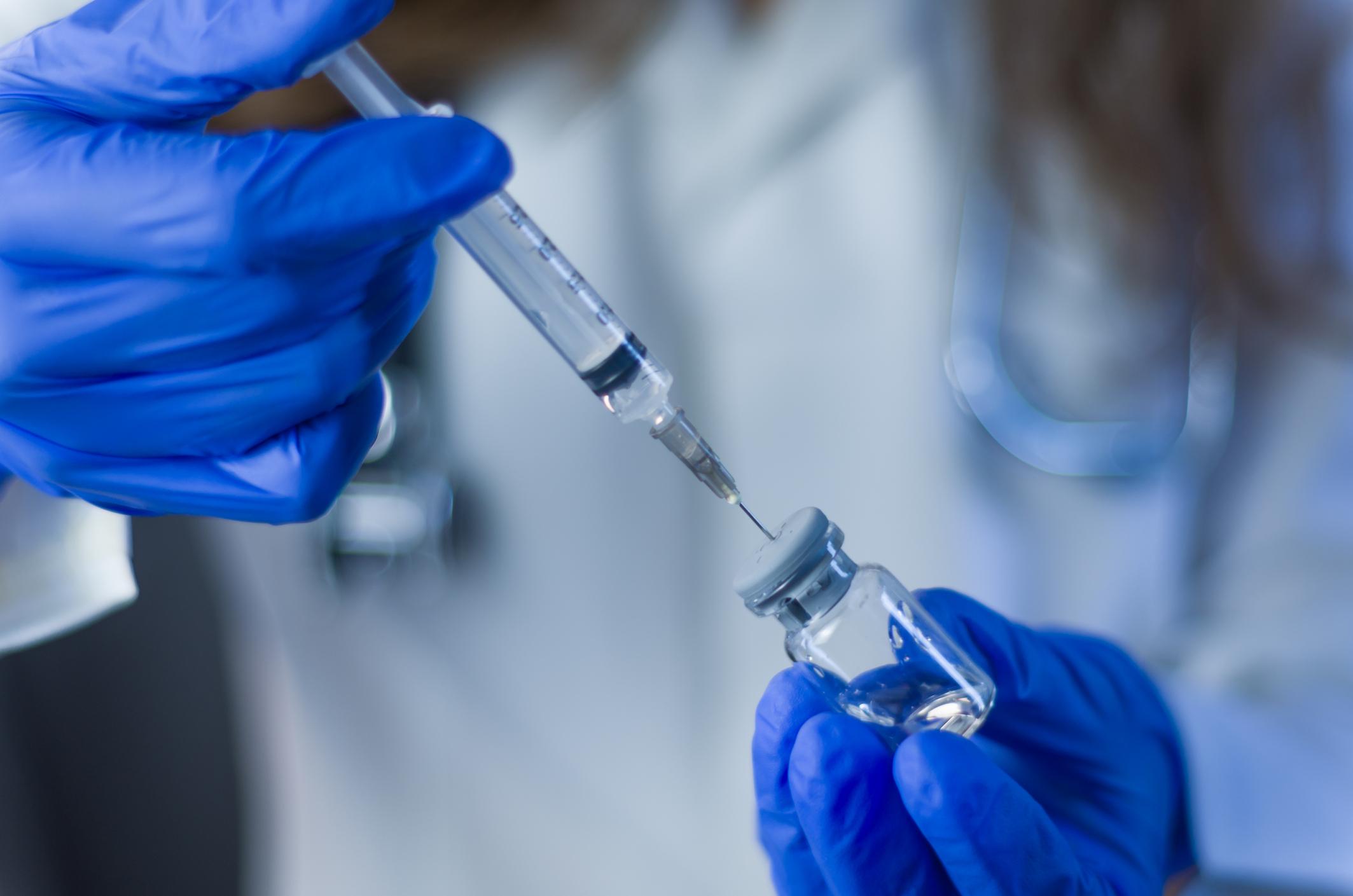Friday, November 18, during a press briefing, Santé Publique France summed up the epidemiological situation as follows: “the overall trend is towards stabilization, but we are seeing an increase in indicators among the youngest.”
Normally, when a wave starts, it is manifested by an increase in the number of cases of positive tests, then 2 to 3 weeks later, we observe an increase in the number of people hospitalized (this is the time for the appearance of complications). Except this time it’s a little different. With regard to Covid cases, the situation is difficult to interpret due to the laboratory strike. The latter no longer transmit SI-DEP data, only antigenic tests carried out in pharmacies are taken into account.
On the other hand, on the hospitalization side, there has been a small increase since November 12, in conventional hospitalization as well as in critical care. As of November 22, it is +2.1% critical healing.
The R (reproduction rate) also increases: it is 0.9. As a reminder, it is when it exceeds 1 that the epidemic is considered to be progressing. The positivity rate is also increasing: as of November 21, it is 24.1%.
Other info, this new wave would concern for the moment Western Europeas epidemiologist Antoine Flahault suggests.
1/5 – Western Europe is experiencing the very likely start of a new (ninth) pandemic wave of #COVID19.
This is the fifth wave of the year 2022, after two waves in 2020 and two waves in 2021: the pandemic is accelerating. pic.twitter.com/dUBO3q1dJo— Antoine FLAHAULT (@FLAHAULT) November 17, 2022
What is this probable new wave due to?
First, if the Omicron variant (appeared last January) is still the majority in France (93% of sequences), its sub-lineage, BQ1.1 continues to rise : 32% of positive cases in the last Flash survey, against 25% a week before.
Then, if the virus circulates it is because the French have almost abandoned barrier gestures and in particular wearing a mask in transport and closed places. It is also colder, which favors confinements and therefore transmissions.
And also, the booster vaccination, probably out of weariness, did not take. As Public Health France reminds us in its epidemiological update of November 17, “vaccination coverage has changed little, with on November 14, 41% of 60-79 year olds and 53.5% of 80 and over among eligible people (according to the time since their last injection) who received a second booster”.
What the health authorities fear is a triple epidemic : there bronchiolitisthe probable 9e wave of Covid and the flu epidemic could contribute to saturating intensive care units, already weakened by more than two years of pandemic. And above all, as the Scientific Council reminded us this summer, of course we are more immune to deal with the virus, but barrier gestures and vaccination remain essential for protect the most vulnerable. This is also what Public Health France recommends: “As winter approaches, vaccination must be reinforced, in particular by a booster with a bivalent vaccine (against the initial strain and the Omicron variant of SARS-CoV-2 ) in eligible primary vaccinees (from 3 months or 6 months after the last injection according to the recommendations in force) […]. THE barrier gestures, such as wearing a mask, are necessary, in particular to protect populations at risk of complications.


















